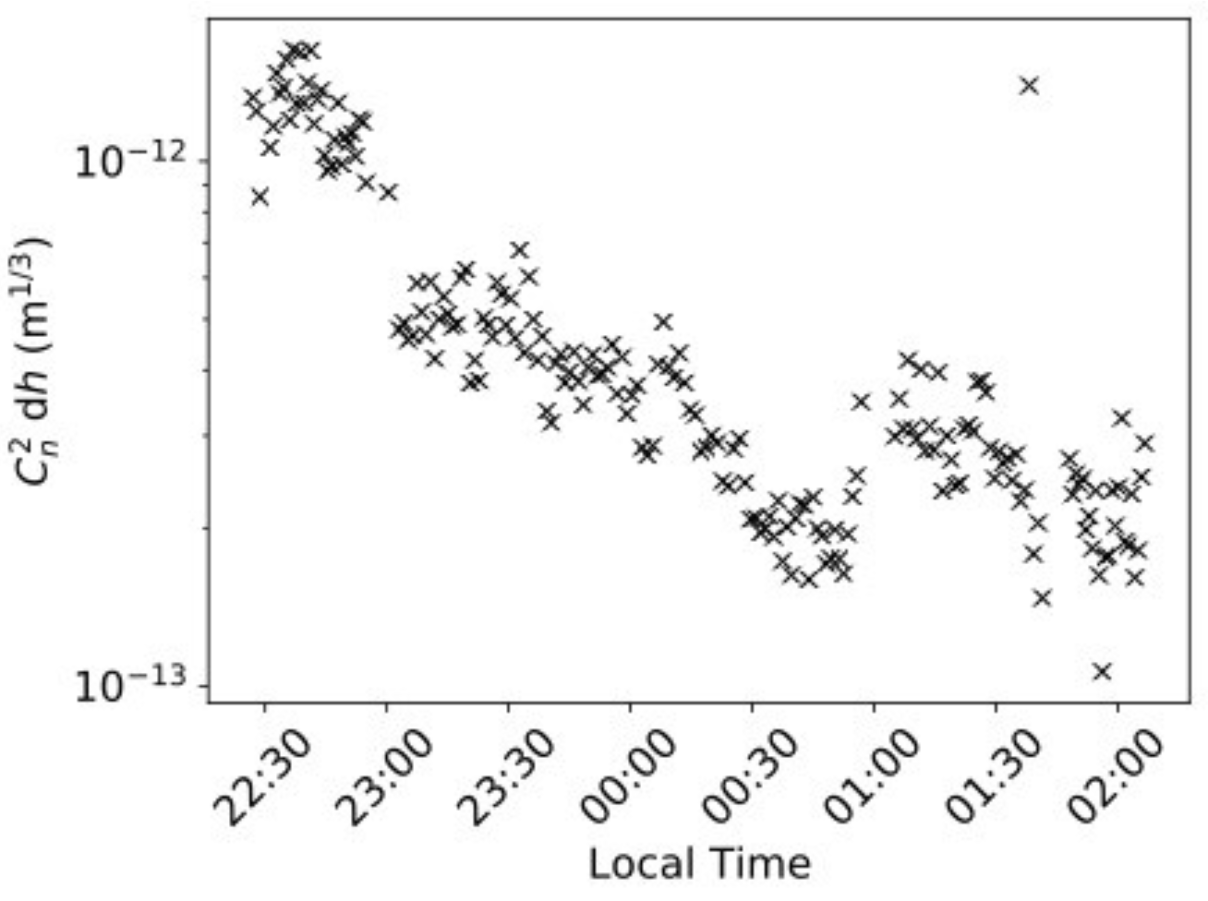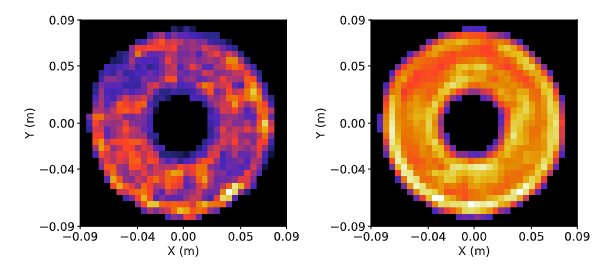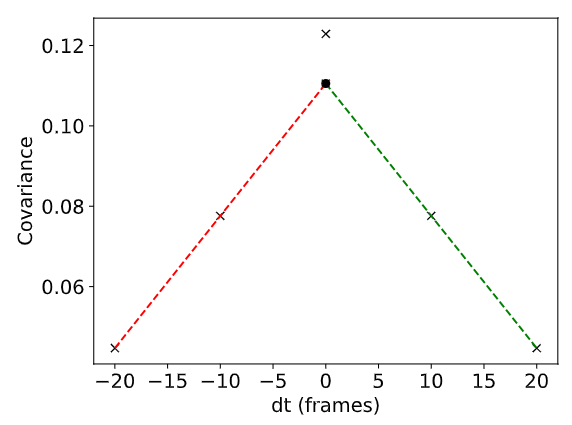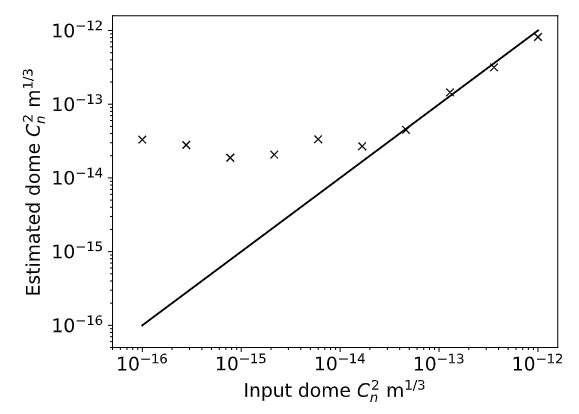Dome Turbulence
Menu
Get in touch
- [email protected]
- +44(0)191 3342277
- Centre for Advanced Instrumentation
Department of Physics
University of Durham
South Road
Durham
DH1 3LE
Dome Turbulence

Optical turbulence in the enclosure of a ground-based telescope can be a major contributor to the total turbulence strength and can therefore limit observational precision in terms of angular resolution, or signal to noise ratio, depending on the instrumentation used.
Here we propose a new dome turbulence monitor technique: Scintillation based Dome turbulence monitor (SciDome). SciDome is based on the well known SCIDAR concept with a few major differences. By designing the instrument specifically for the done turbulence, we can use a small (<0.2~m telescope), and observe single bright stars (rather than doubles). This enables a dedicated instrument capable of pointing anywhere in the sky.
Operationally, SciDome could be mounted somewhere on the master telescope / dome structure and track stars that are visible through the dome aperture. By measuring through the dome aperture we obtain an optical measure of the strength of the turbulence along the same line of sight as the master telescope itself.
We demonstrate the new technique through numerical Monte-Carlo modelling and present results from a proof-of-concept demonstration at the European Space Agency Optical Ground Station on Tenerife, Spain.




